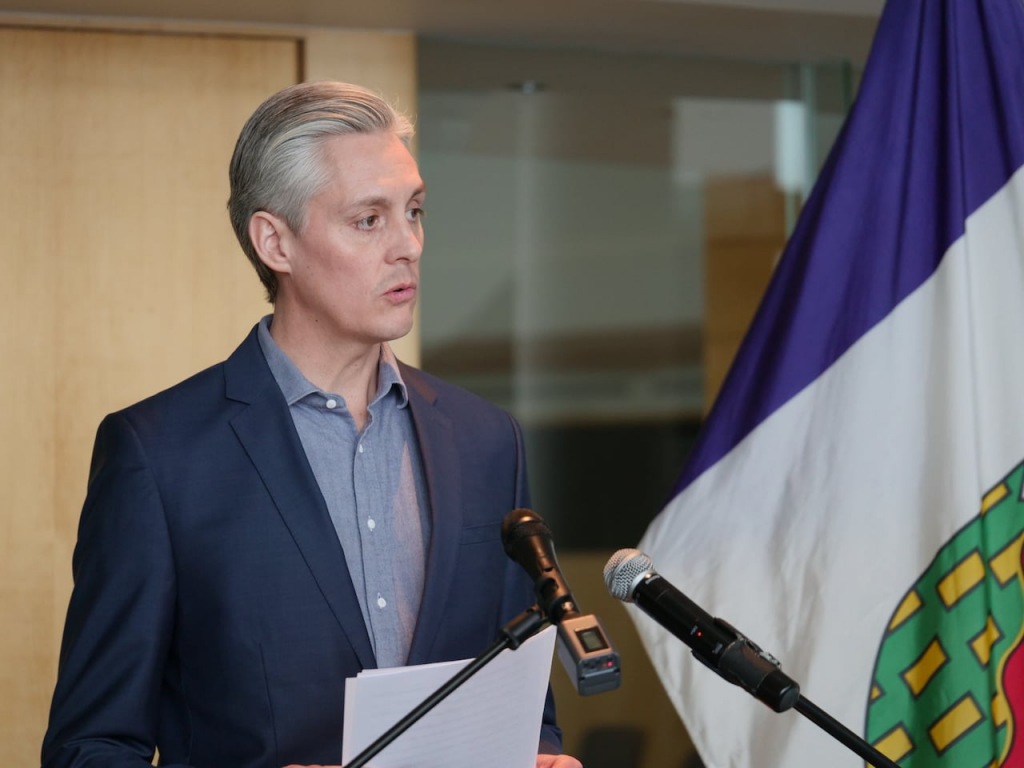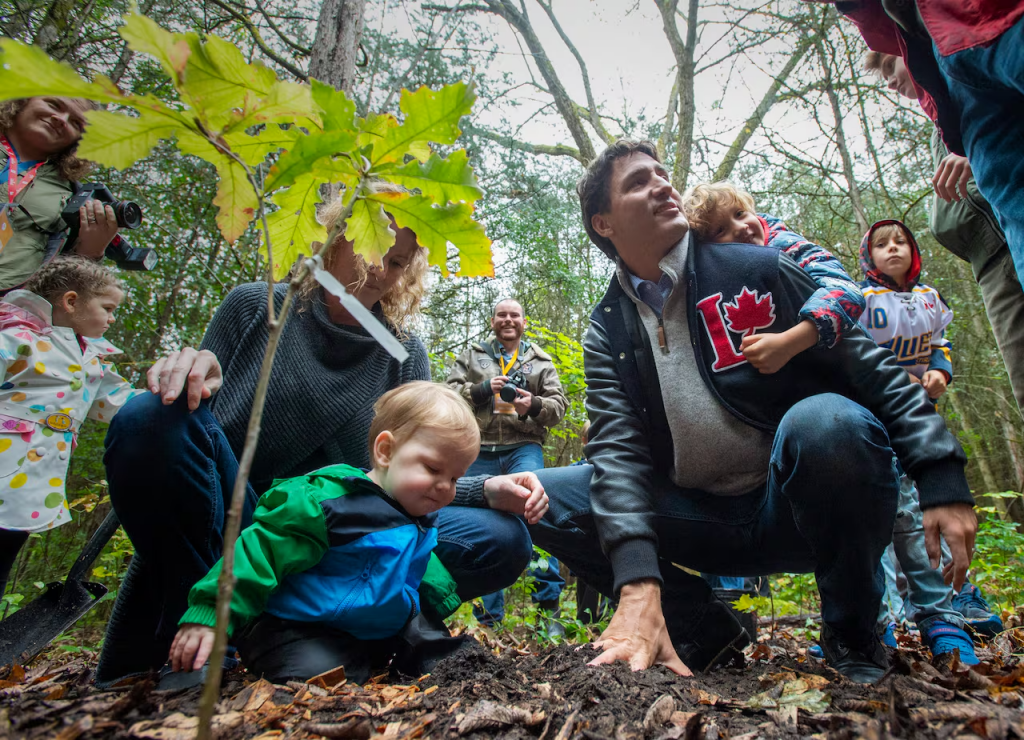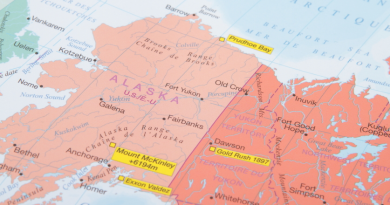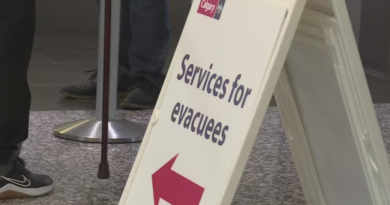Federal budget delivers $1B Arctic Infrastructure Fund, though future of some social programs unclear

Transport Canada to invest in major infrastructure projects including airports, seaports, all-season roads
A new Arctic Infrastructure Fund is one of the big-ticket items for northerners in the 2025 federal budget, though the 493-page document provides few details on the future of some northern social programs.
Finance Minister François-Philippe Champagne presented his first budget Tuesday in Ottawa. It calls for some $141 billion in new federal spending over the next five years, which will partially be offset by some $51.2 billion in cuts and other savings.
The government is proposing $1 billion over four years for Transport Canada to invest in major transportation projects in the North, including airports, seaports, all-season roads, and highways, and they’ll be for both civilian and military use.
“Dual use infrastructure investments in the North will reliably meet both military and local needs, and the government recognizes that Inuit, First Nations, and other communities are best placed to identify community needs,” the budget document reads.
To put that investment into perspective, the proposed Mackenzie Valley Highway project in the N.W.T., which would connect Wrigley to Norman Wells, is estimated to cost $1.65 billion alone.
Crown-Indigenous Relations and Northern Affairs Canada and the Canadian Northern Economic Development Agency will also receive more than $67 million to help speed up regulatory processes, which includes consultations with Indigenous governments and organizations.
Shortly after delivering the budget, Champagne stated inside the House of Commons the Arctic Infrastructure Fund will expand possibilities and opportunities in the North “like never before”.
“We’re going to make historic investments in Canada’s North. This is a great moment for the country,” he said.
Uncertainty around social programs
The budget also includes a list of policy actions the government has taken since its 2024 fall economic statement, which shows funding commitments until 2030.
There are several programs listed in the budget that northerners may benefit from, including funds for northern food security, maintaining access to justice in the North, and funding for the Northern Projects Management Office. The document also takes note of the continued support for Jordan’s Principle and the Inuit Child First Initiative (ICFI).
Those programs have funding for the 2025-2026 year, though it’s unclear how much money – if any – they will receive beyond that date.
However, it is clear that some Indigenous programs across the country will face some cuts. Indigenous Services Canada and Crown-Indigenous Relations and Northern Affairs Canada will both face a two-per-cent budget cut — translating to a total cut of almost $2.3 billion by spring 2030.

Sindu Govindapillai, the clinical director of Qupanuaq, which helps people with their ICFI applications in the Baffin region, is disappointed there isn’t a commitment for long-term funding for the program. Funding for the ICFI is currently set until March 31, 2026.
“It’s a scary time,” she said, adding that communities have been on edge for the past year as they watched the federal government cut programs like the hamlet food voucher program from the ICFI.
To improve health-care, the budget also notes an “intention” for a comprehensive assessment of the needs in the North, with the goal of identifying ways to increase accessibility and reduce medical travel costs. However, it is also unclear what funds will be committed to this.
‘Partial fulfilments’ of the N.W.T.’s requests
Speaking to reporters at a news conference Tuesday afternoon, N.W.T. Premier R.J. Simpson acknowledged the lack of details about funding for some social programs.
“I didn’t see a lot of new money for social programs. I think this signals a shift for this government from the previous government,” he said.
Nor did Simpson see any commitments for major infrastructure projects his government has been pushing for, such as the Mackenzie Valley Highway, the Taltson hydro expansion, or the Arctic economic and security corridor.
But Simpson remains hopeful the Mackenzie Valley Highway project will be funded in a year or two, once the planning is advanced to a further stage.

There is money in the budget not specific to the N.W.T. that Simpson believes could be “partial fulfilments” of some of his government’s requests.
For example, there’s $257.6 million, over four years, that could go into leasing four aircraft to help provinces and territories fight wildfires.
The federal government also proposes expanding the eligibility for people to qualify for the Critical Mineral Exploration Tax Credit, which aims to incentivize investment in the exploration of specific critical minerals.
Tree planting program axed
Prime Minister Mark Carney has touted a new “climate competitiveness strategy,” though the goal to plant two billion trees by 2031 nationally is not part of that plan anymore and is now being axed.
That will affect the N.W.T. and Yukon, which in 2022 and 2023 respectively, signed agreements in principle with the federal government to be part of that program.

Over 228 million trees have been planted so far, according to Natural Resources Canada’s latest update — leaving more than 1.7 billion in order to reach the target by 2030-31.
Former prime minister Justin Trudeau announced the planting initiative during the 2019 election campaign and later earmarked $3.2 billion over 10 years for the program.
Existing contribution agreements and commitments will be honoured, and funds which have yet to be committed will be returned.
Related stories from around the North:
Canada: Some new Nunavut MLAs want to see more infrastructure so their communities can grow, CBC News
Norway: Norway, UK team up to protect subsea infrastructure against Russian hybrid attacks, The Independent Barents Observer
Russia: Putin in Arkhangelsk: Arctic industry and infrastructure on agenda, The Independent Barents Observer



